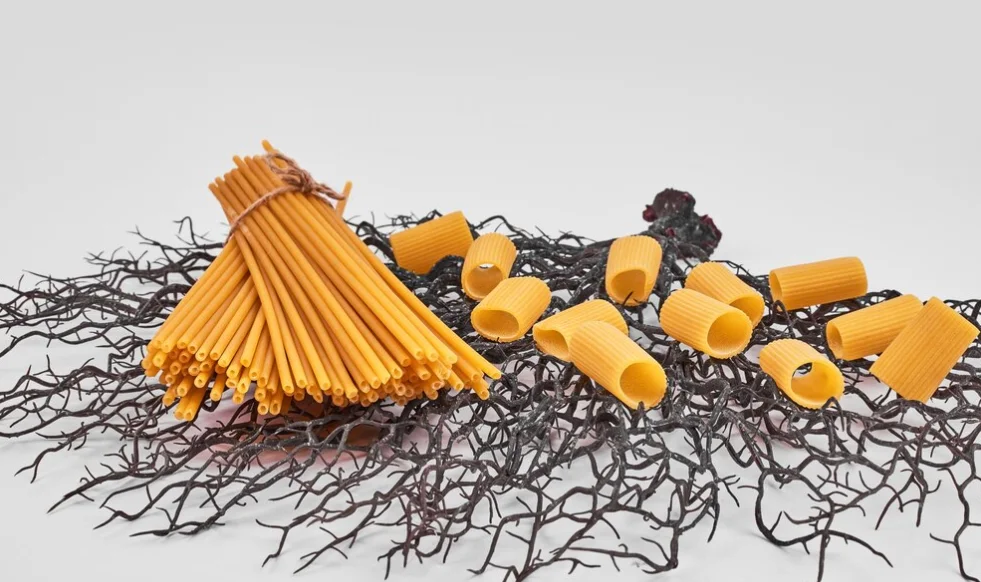Can Steel Wool Be Washed and Reused, or Will It Rust?

Steel wool is a household staple, often used for cleaning stubborn grime, polishing surfaces, or sanding down materials. But once you’ve used it, the question arises: can steel wool be washed and reused, or will it rust? Let’s dive into the science and practical considerations to find the answer.
Why Steel Wool Rusts After Washing
Steel wool is made from fine strands of steel, a material highly prone to rust when exposed to water and oxygen. Washing steel wool introduces moisture, which accelerates the oxidation process. Without proper care, rust can form in a matter of hours, making the steel wool unusable for future tasks.
How to Wash and Reuse Steel Wool Safely
While standard steel wool is susceptible to rust, there are ways to extend its life with proper care. Follow these tips to reuse steel wool effectively:
- Rinse Immediately After Use: Wash the steel wool under running water to remove debris, grease, or chemicals.
- Dry Thoroughly: Drying is crucial to prevent rust. Use a towel to remove surface moisture, then leave the steel wool in a well-ventilated area to air-dry completely. Alternatively, use a hairdryer for quicker results.
- Store in a Dry Environment: Keep the steel wool in an airtight container or a plastic bag with silica gel packets to absorb moisture.
- Use Oil to Coat the Steel Wool: Lightly coating steel wool with mineral oil or machine oil can create a protective barrier against moisture.
Stainless Steel Wool: A Better Alternative
If rusting is a recurring issue, consider switching to stainless steel wool. Unlike regular steel wool, stainless steel is designed to resist rust and corrosion, even after repeated exposure to water. While it’s slightly more expensive, stainless steel wool offers durability and long-term cost savings.
Key Differences Between Steel Wool and Stainless Steel Wool
- Rust Resistance: Stainless steel wool doesn’t rust, whereas regular steel wool does.
- Durability: Stainless steel wool lasts significantly longer.
- Cost: Stainless steel wool is pricier upfront but more economical in the long run.
Statistics on Steel Wool Longevity
- Regular steel wool typically rusts within 24-48 hours if not dried properly.
- Stainless steel wool can last up to 5-10 times longer, depending on usage and care.
Conclusion: Wash With Care or Upgrade to Stainless Steel
While you can wash and reuse standard steel wool with proper drying and storage, it’s a time-intensive process. For a more convenient and long-lasting solution, invest in stainless steel wool. It may cost a little more initially, but its durability and rust-resistant properties make it an excellent choice for repeated use.






